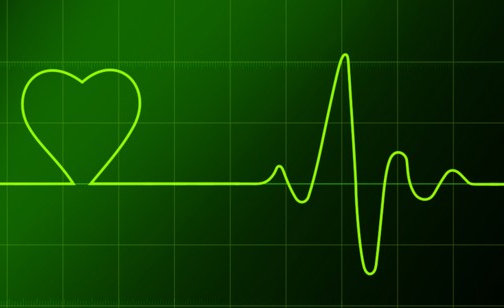Real World Evidence Evidence & Data Partnerships
This year real patient data will change healthcare.
Cell-Based System Provides New Way to Screen Drugs for Cardiaotoxicity
Scientists have developed a new cell-based system for screening experimental drugs that could help with early identification of cardiotoxic side effects.

Dr. Evan F. Cromwell, an employee of Molecular Devices, said in a presentation at the American Society for Cell Biology's Annual Meetingthat the product had the potential to save "time, lives and money".
Dr. Cromwell mentioned Vioxx as one example of an FDA-approved blockbuster drug that later failed due to adverse cardiac effects. With other drugs experiencing similar problems, he went on to say that cardiotoxicity remains one of the most common reasons for a preclinical or even a full clinical trial to be abandoned, often incurring huge costs for the companies that fund these trials.
The current method for detecting cardiotoxicity involves using electrophysiology-based assays to determine whether compounds are interacting with potassium ion channels. Yet these assays cannot effectively assess the risk of adverse reactions occurring in the other biochemical and contractile processes of the heart.
The new system was developed at California biotech Molecular Devices by Dr. Cromwell, Dr. Oksana Sirenko and colleagues, and employs stem cell-derived cardiomyocytes, the cells which power the beating of the heart. These cells can be grown in vitro, and once a layer of them has been assembled they naturally start to display the mechanical and electrical activity found in cardiac muscle, potentially enabling drug companies to screen for a much wider range of potentially adverse side effects. Debra Gallant, Product Manager with Molecular Devices, said that the module "offers a real advantage to scientists investigating cellular responses, giving rapid, easy analysis and the ability to reject unsuitable or cardiotoxic compounds at an early stage.”
Stem-cell derived cardiomyocytes could also be used to gain insight into the mechanism of action (MOA) of a given drug, due to the wide range of metrics available for study including beat rate, peak width and pattern irregularities. Dr. Cromwell stated that "we have characterized numerous pharmacological compounds and detected concentration-dependent modulation of beating rate and atypical patterns consistent with their MOA."
Real World Evidence Evidence & Data Partnerships
This year real patient data will change healthcare.
